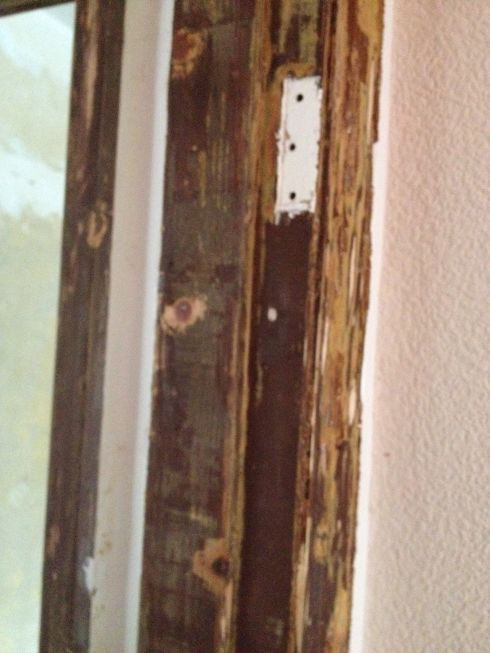- Joined
- 2 Feb 2014
- Messages
- 412
- Reaction score
- 2
- Country

Undecided between these two.
As i've mentioned before, we're going to gloss - skirting, door frames, stairs bannister etc.
I went away to read in to decent w/b glosses on the market & came back with the Johnstones one & the Dulux one, so i then tried to see what gets better reviews & from my reading there seems a 50/50 mix.
I've read the Johnstones one getting panned - poor quality etc, but also people getting giddy over it. Likewise the Dulux.
I did a bit more googling & found the price for the two @ 2.5L format wasn't a million miles apart. I can't find that website now but it's late & i'll look another time.
For either i would use their water based undercoat. So if buying Johnstones i would get the Johnstones undercoat, if the Dulux top coat i'd get the Dulux undercoat.
So on to the question...
As you guys will have infinitely more wisdom than I, what is the better product & why? Or is there naff all difference between the two?
If it matters with your response then i'm a novice painter.
Thanks.
As i've mentioned before, we're going to gloss - skirting, door frames, stairs bannister etc.
I went away to read in to decent w/b glosses on the market & came back with the Johnstones one & the Dulux one, so i then tried to see what gets better reviews & from my reading there seems a 50/50 mix.
I've read the Johnstones one getting panned - poor quality etc, but also people getting giddy over it. Likewise the Dulux.
I did a bit more googling & found the price for the two @ 2.5L format wasn't a million miles apart. I can't find that website now but it's late & i'll look another time.
For either i would use their water based undercoat. So if buying Johnstones i would get the Johnstones undercoat, if the Dulux top coat i'd get the Dulux undercoat.
So on to the question...
As you guys will have infinitely more wisdom than I, what is the better product & why? Or is there naff all difference between the two?
If it matters with your response then i'm a novice painter.
Thanks.



